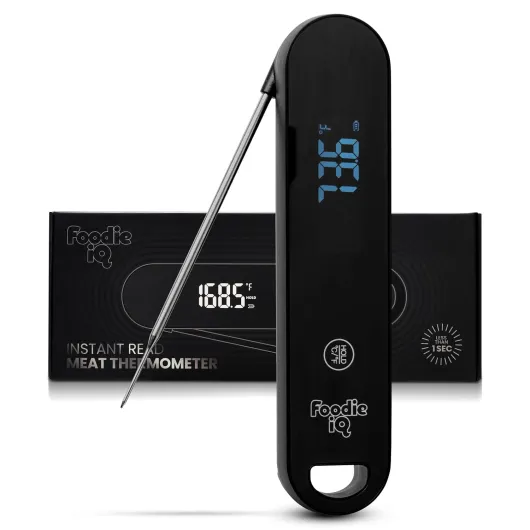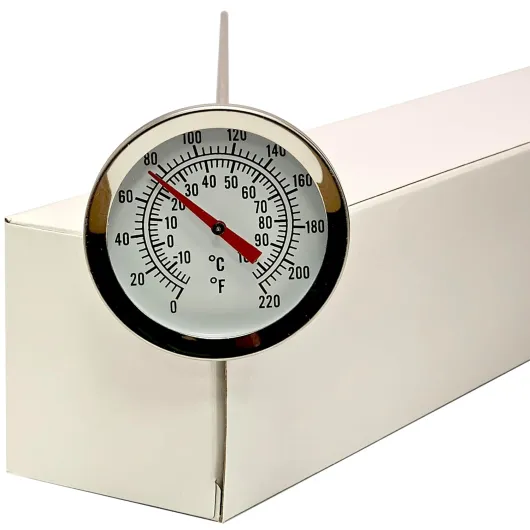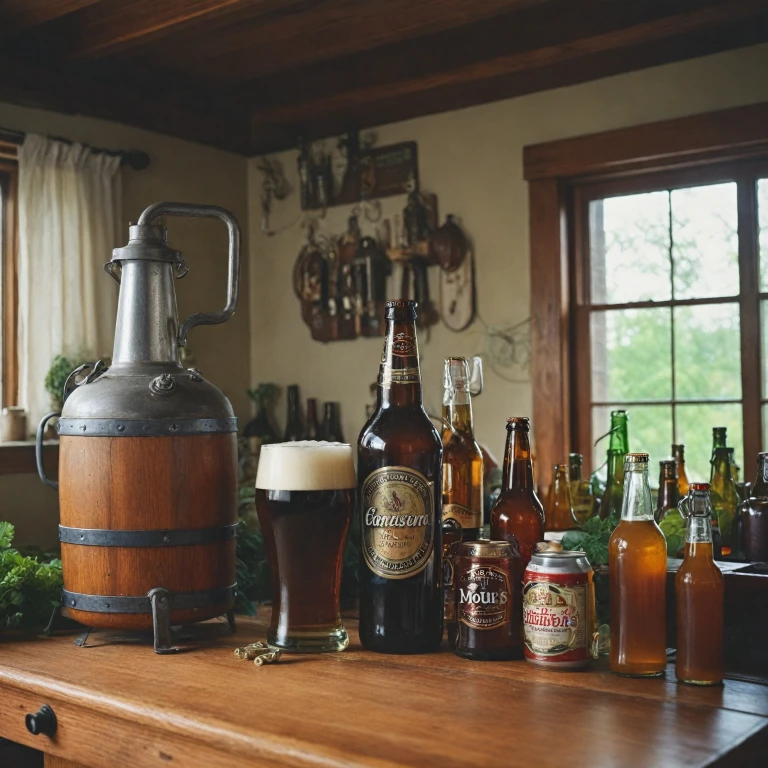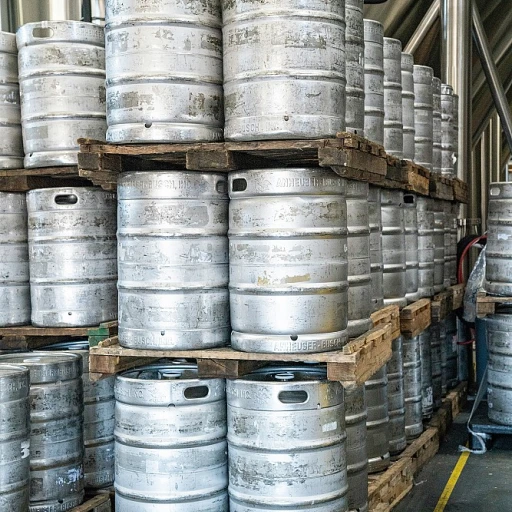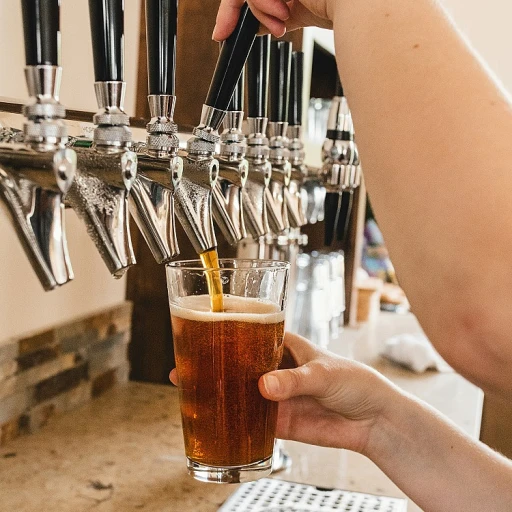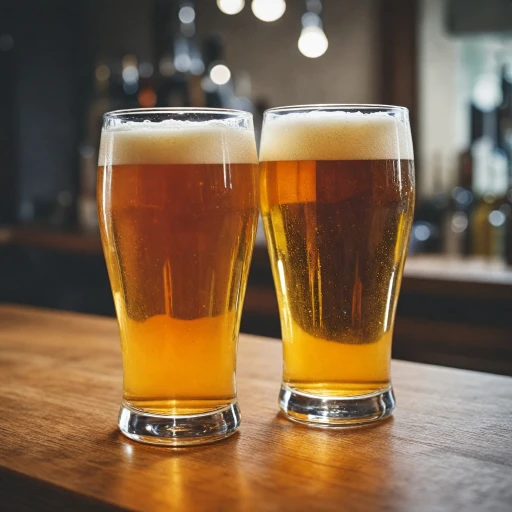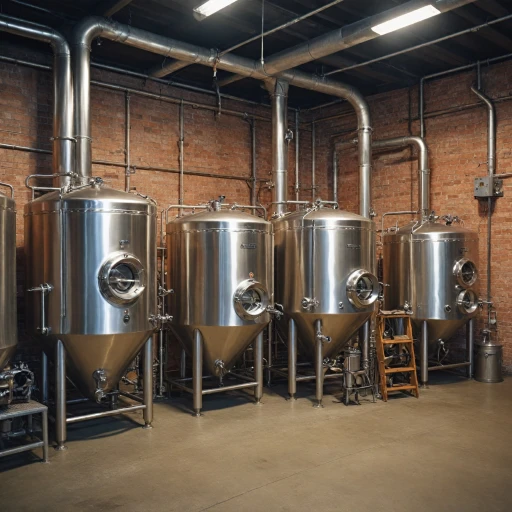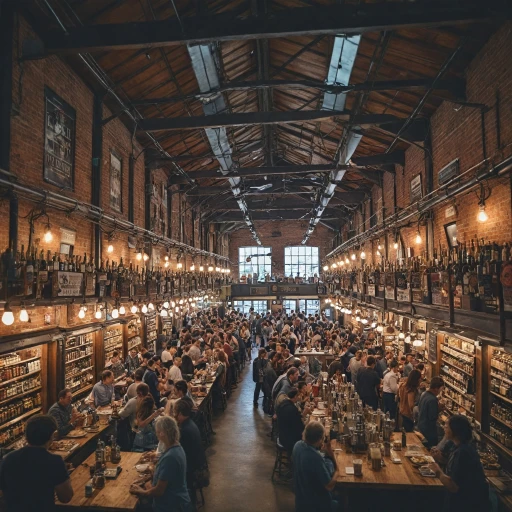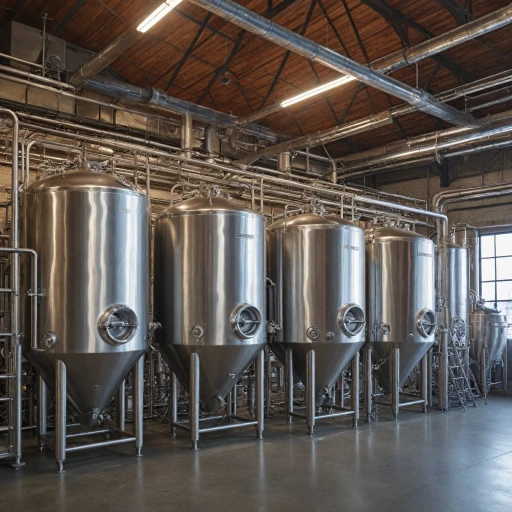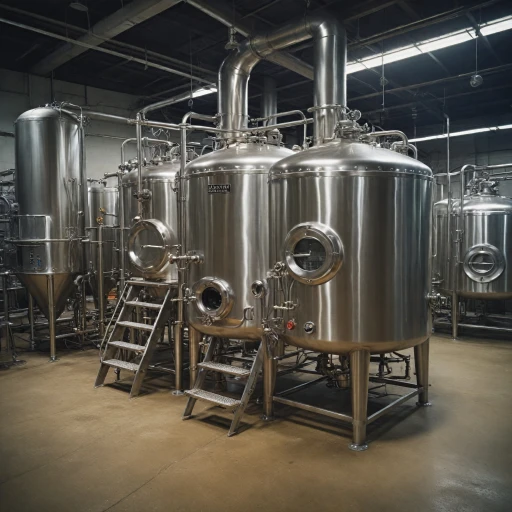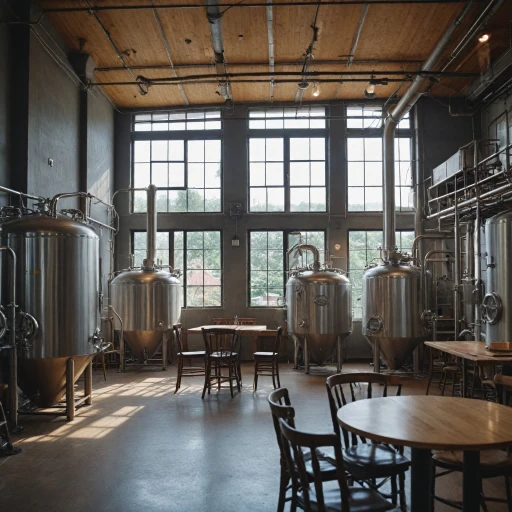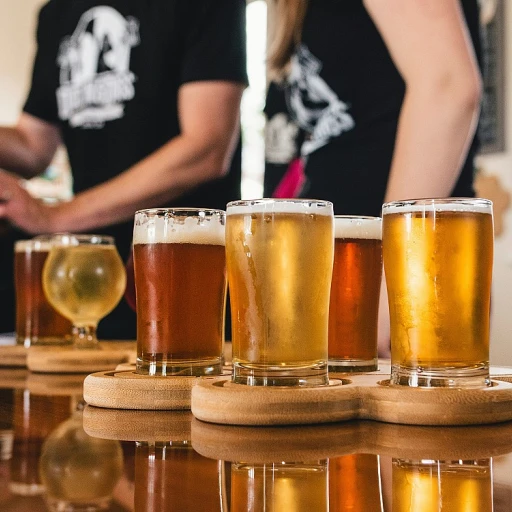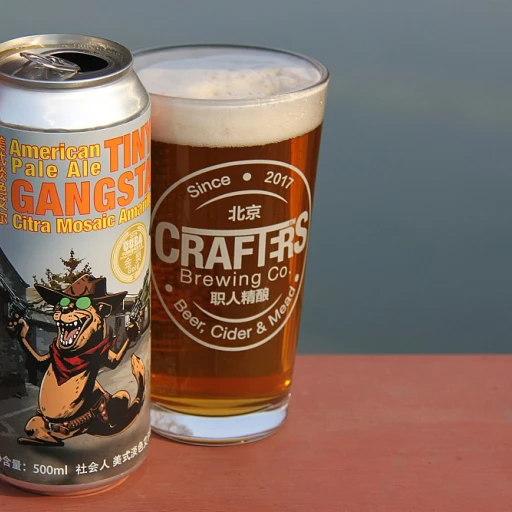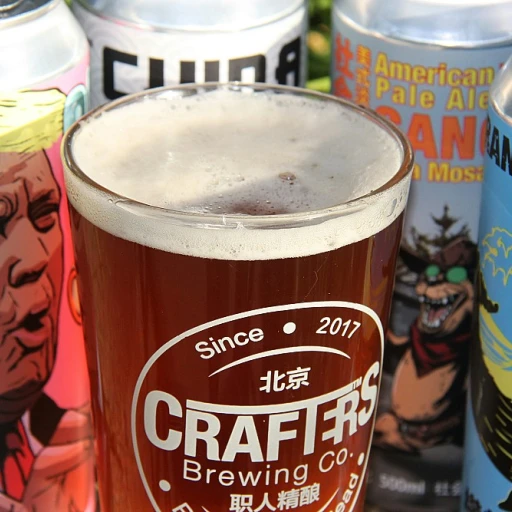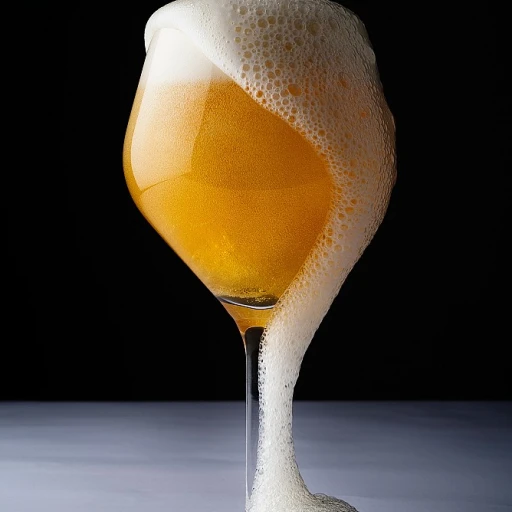
Why Temperature Matters for Beer
The Impact of Temperature on Flavor and Aroma
When it comes to enjoying a delicious beer, temperature is a crucial factor that directly influences the flavor and aroma of your brew. Understanding how temperature affects these sensory experiences is essential for any beer enthusiast.
At the core of every great beer tasting experience lies aroma, which is significantly impacted by temperature. A brew that's too cold may mute the delicate aromatic compounds, preventing you from fully enjoying the complexity of hops and malt characteristics. On the flip side, serving beer too warm can intensify alcohol flavors, overwhelming the balance between all components.
Flavor is another aspect where temperature plays a vital role. Each type of beer, be it a crisp lager, robust stout, or fruity ale, has an ideal serving temperature that accentuates its unique taste profile. For example, lagers are often best enjoyed cooler than ales due to their lighter body and more subtle flavors.
Mastering the art of fermentation and understanding yeast activity is also closely related to temperature control, as it impacts the final texture and taste of beer. The slightest variation in temperature can transform the drink into an entirely new experience.
As you continue reading, you'll find ideal temperature ranges for different beer styles to ensure optimal enjoyment. Avoiding common serving mistakes can further enhance your beer appreciation journey. And those storing beer at home will benefit from tips on maintaining temperature integrity for long-term quality preservation.
Ideal Temperature Ranges for Different Beers
Ideal Conditions for Each Beer Style
Finding the perfect temperature for your beer is crucial because serving beer at the right temperature can unleash its full potential. Different beer styles have unique temperature preferences that amplify their distinctive flavors and aromas. Here are some guidelines to help you serve your beer at its best.- Light Lagers & Pilsners: These beers shine brightest when served between 38-40°F (3-4°C). Their crispness and refreshing qualities are emphasized at colder temperatures.
- Pale Ales & IPAs: Enjoy these ales around 45-50°F (7-10°C) to allow their hoppy aromas and bitterness to bloom.
- Dark Ales & Stouts: Revel in their rich, full-bodied textures at slightly warmer temperatures, around 50-55°F (10-13°C).
- Belgian Ales & Sours: These complex beers are best sipped between 45-50°F (7-10°C) to balance their fruity and sour notes.
- Barleywines & Strong Ales: Serving them warmer at 55-60°F (13-16°C) allows their robust flavors and high alcohol content to integrate seamlessly.
Common Mistakes in Beer Serving
Common Pitfalls in Serving Beer
When it comes to serving beer, temperature missteps are a frequent snag. A common error is serving beer too cold. While it may offer a refreshing feeling, an excessively chilled beer can dull its aromas and flavors, masking the intricate notes that brewers worked hard to craft. Conversely, serving beer too warm can result in a flat taste as the carbonation dissipates more rapidly. Additionally, many beer enthusiasts make the mistake of serving all types of beer at the same temperature. Each beer style has a unique temperature range that highlights its specific characteristics and enhances your overall drinking experience. Another error is not considering the type of glassware used. Glass can influence the beer's temperature as it can draw away coolness or warmth quickly. Using the proper glassware is essential to maintain the optimal temperature range tailored to your style of beer. Lastly, several beer lovers overlook the significance of allowing their beer a minute or two to "settle" to the desired serving temperature after taking it out of the fridge. It's also worth considering the difference between brightness and clarity in your pour – a nuanced aspect elaborated further in understanding the difference between bright and brite in beer. Taking these factors into account can elevate your beer experience, bringing out the best that any brew has to offer.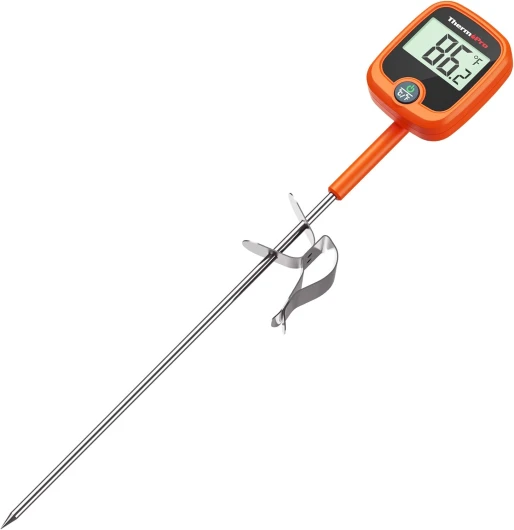
- + Instant Read for quick temperature checking
- + 10" Long Probe for deep pots and frying
- + Includes Pot Clip for hands-free use
- + Suitable for Candy, Maple Syrup, and Deep Frying
- + Features an LCD display for easy reading
Storing Beer at Home
Maintaining Optimal Storage Conditions
To ensure your beer reaches its full flavor potential, proper storage at home is essential. Beer storage isn't just about finding a space in your fridge; it's an integral part of maintaining the quality and integrity of your beer. Let's explore how to store your beer effectively.
Temperature Consistency is Key
One common mistake is not keeping your beer at a consistent temperature. Fluctuations can negatively affect beer's taste and quality. Aim to store your beer at the temperature that best suits its type, as previously mentioned. Generally, a range of 45°F to 55°F works for most, but specific beers may require adjustments.
Avoid Direct Sunlight and Extreme Conditions
UV light and extreme temperatures are not friends of your beer. Both can lead to the dreaded 'skunky' flavor. Ensure your beer is kept in a dark, cool environment, away from windows or direct light. Beer bottles have a colored tint for a reason: to protect against these light effects, but it's best to be cautious.
The Importance of Positioning
Bottles are best stored upright. This reduces the chance of oxidation and excessive contact with the cap, which could alter the beer's taste. For canned beers, this isn't an issue, but keeping them upright helps in organizing your collection.
Organizing Your Beer Collection
Make sure you can easily access and rotate your beer. Nothing is more disappointing than finding a long-forgotten, expired brew hidden at the back. Keep the beers easy to grab and consume in the order they were purchased to enjoy them at their best.
By following these storage guidelines, you'll keep your beer tasting fresh and delightful for any occasion. Now that your storage is sorted, you can enjoy serving your beer at its ideal temperature without any worry of diminished quality.
Personal Stories and Tips from Beer Enthusiasts
Personal experiences and insights from beer enthusiasts
When it comes to finding the right beer temperature, many seasoned beer lovers rely heavily on their own experiences. Here are some insights gathered from various beer enthusiasts:- Trial and Error: Many beer aficionados have shared that getting the temperature just right involved simple trial and error. They suggest experimenting with different temperature ranges to see which brings out the most flavor and aroma for your specific beer choices.
- Talk to Brewers: Enthusiasts recommend striking up a conversation with brewers during brewery tours or visits, as they often provide invaluable insider tips on serving temperatures based on firsthand brewing experiences.
- Invest in a Quality Thermometer: To avoid common mistakes in beer serving, having a reliable thermometer at home is recommended by many enthusiasts. This ensures accurate readings and helps maintain the ideal serving temperature without guesswork.

